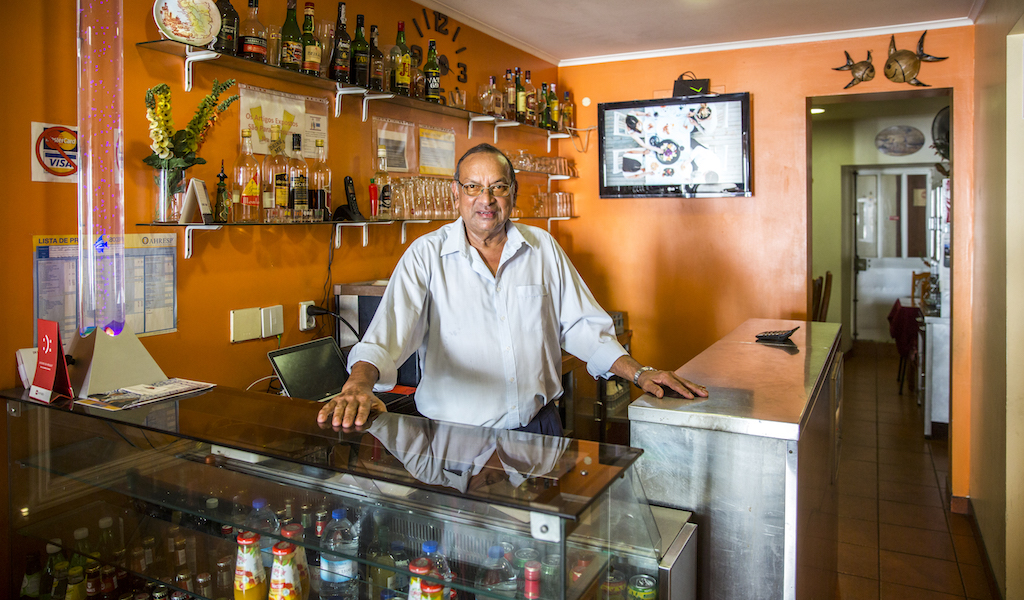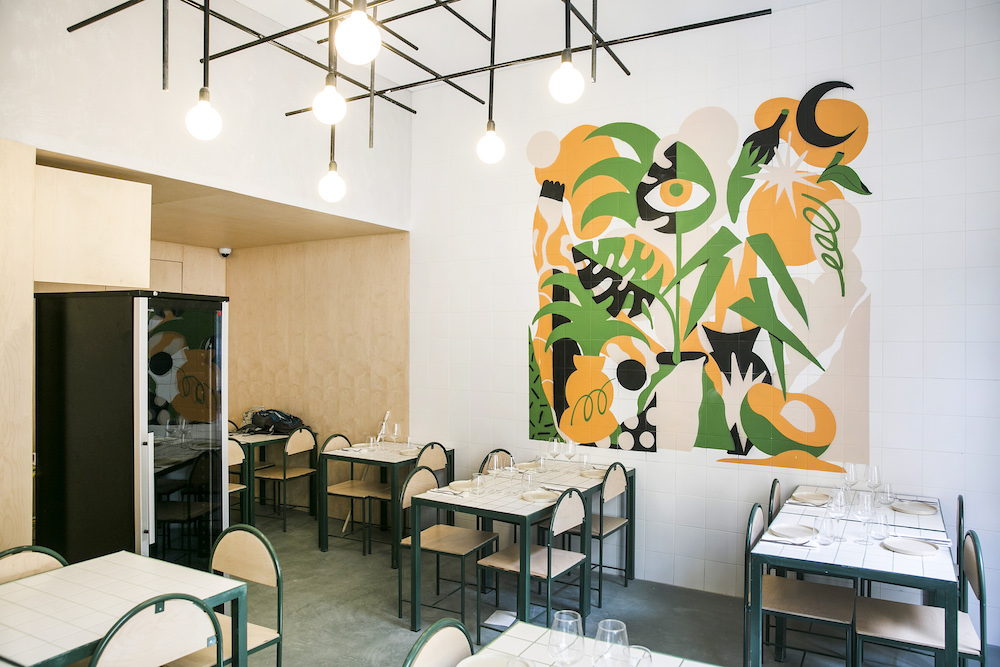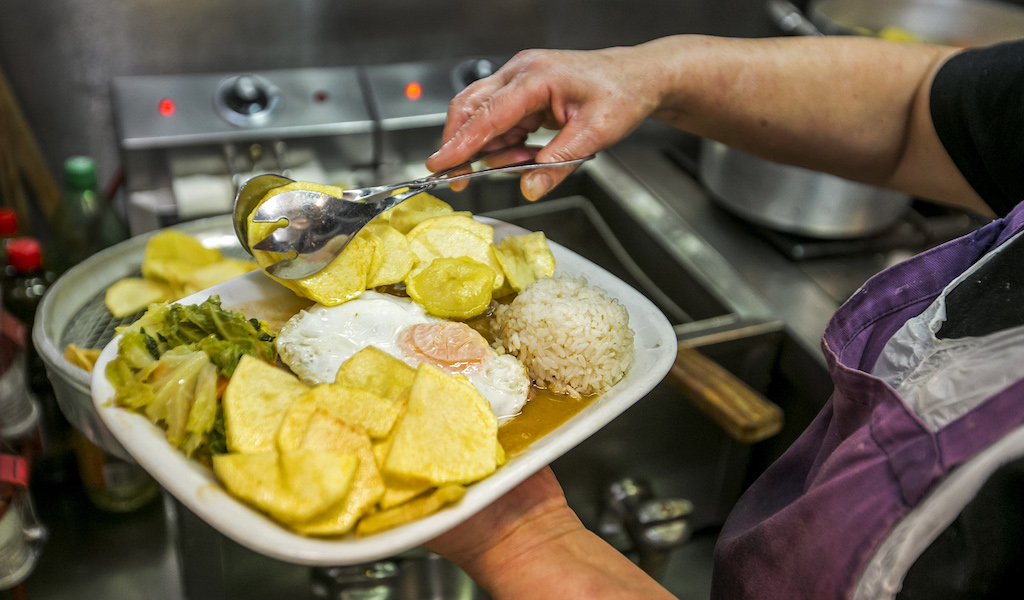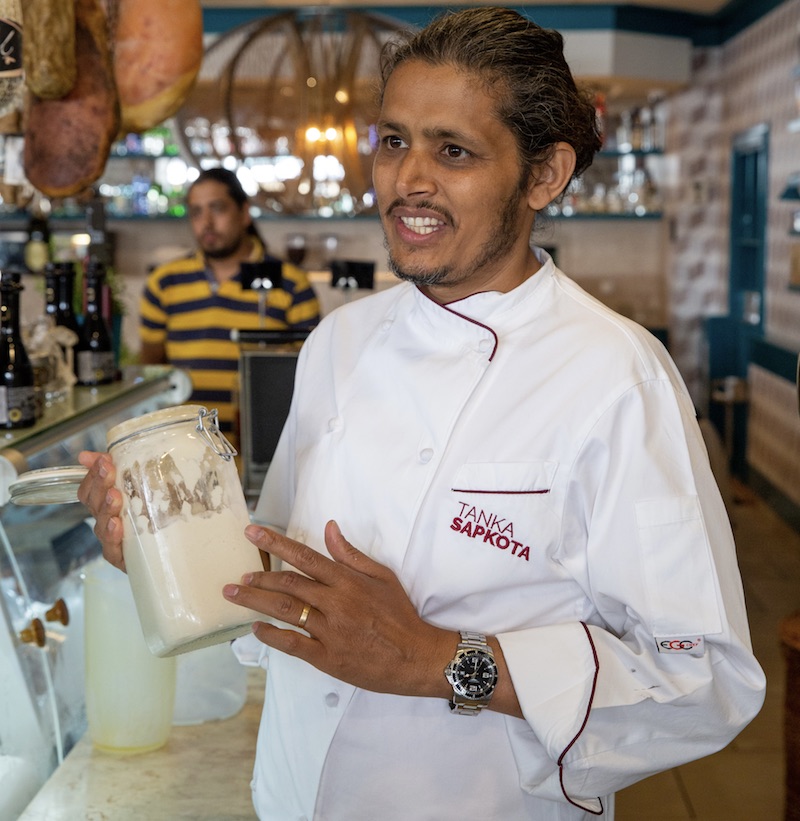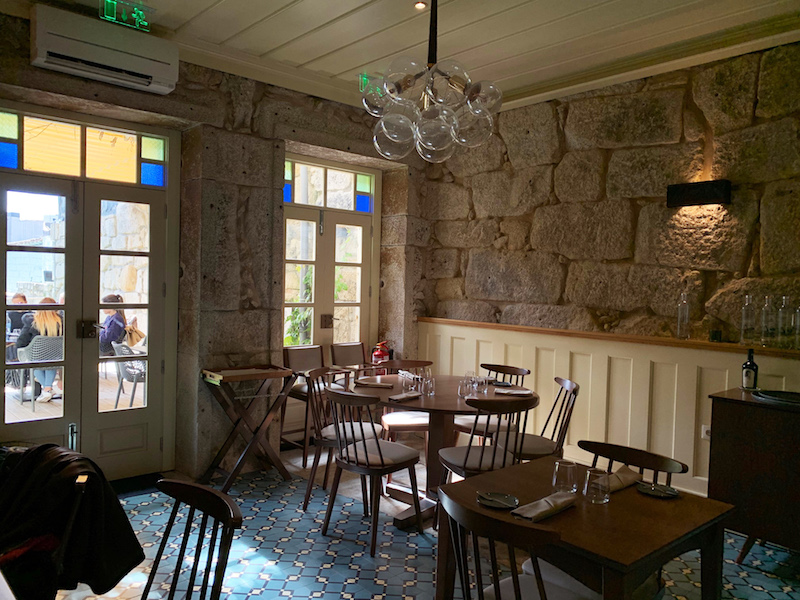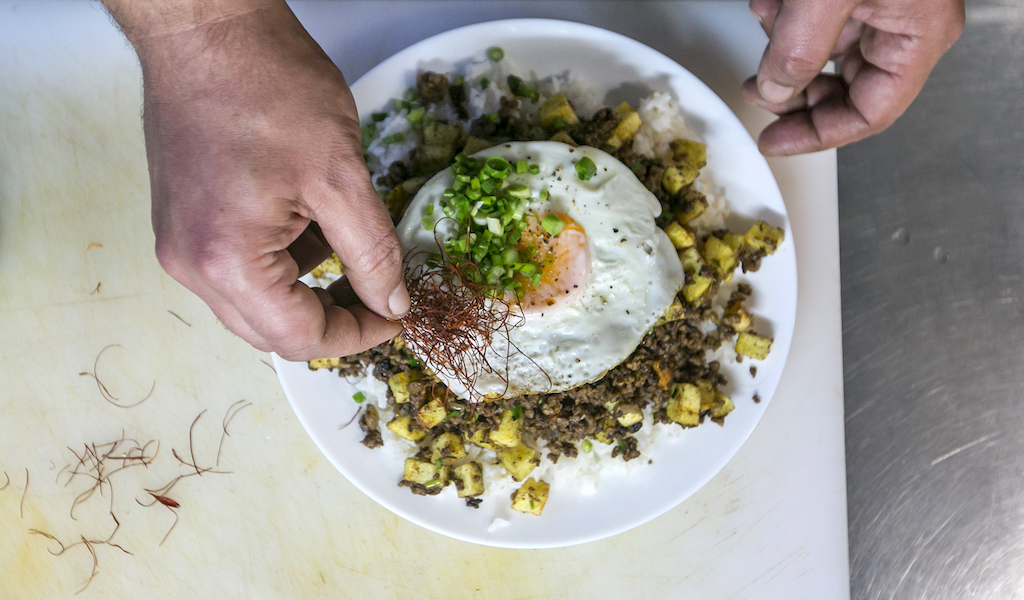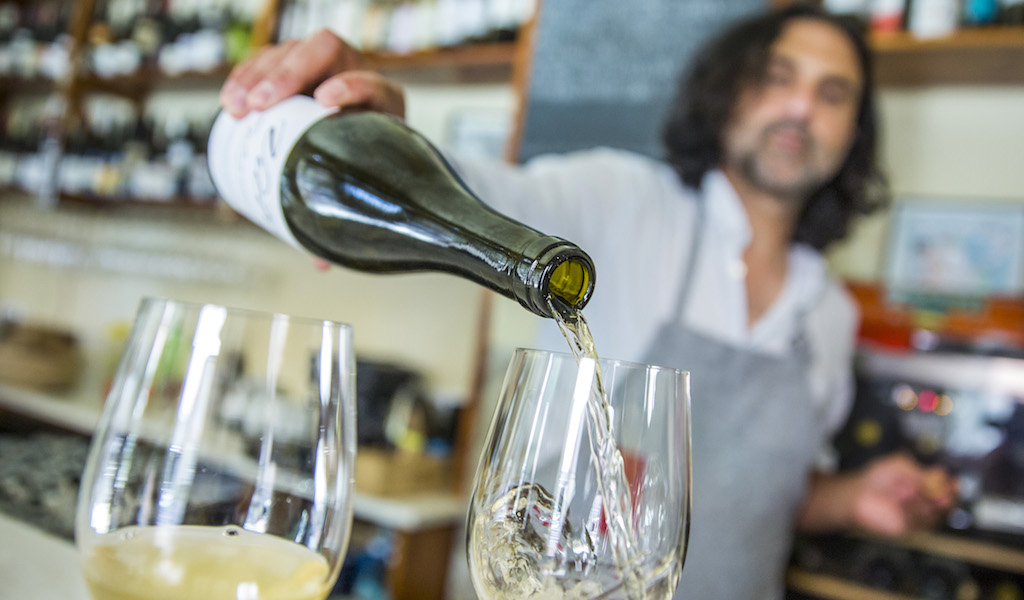We can't find the internet
Attempting to reconnect
Something went wrong!
Hang in there while we get back on track
Search results for "Célia Pedroso"
Lisbon
Post-Colonial Lisbon: Goa
Vasco de Gama’s voyage to India in the late 15th century laid the groundwork for the Portuguese empire, in which Goa, a small region on the southwestern coast of the Indian subcontinent with ample natural harbors and wide rivers, would come to play an important role. In the early 16th century, Goa was made the capital of the Portuguese State of India and remained as such until 1961, when the Indian army captured it. Over four centuries of colonial rule, Goan intellectuals most often migrated to Portugal in search of education, especially in the 20th century. Yet following the annexation of Goa by India, many Goans, particularly those working in government and the military, accepted the state’s offer of Portuguese citizenship and made their way to Europe. Others migrated to Mozambique, another Portuguese colony that at the time had not yet gained independence.
Read moreLisbon
É Um Restaurante: The Helping Kitchen
When Crescer, a non-profit association focused on the social integration of Lisbon’s vulnerable populations, was tasked by City Hall to create a restaurant that would serve the homeless three years ago, the association’s top brass had another idea. “If you give a man a fish, he eats for a day. If you teach a man to fish, he eats for a lifetime.” With this saying as their guiding philosophy, Crescer proposed a different venture: a restaurant where the homeless could gain professional experience and training that would allow them to integrate into the community and find a job. In other words, tools for a better future.
Read moreLisbon
Tasca Tables: The Secret of O Bitoque
Simple and quick, the dish bitoque can be found all over Portugal. Its origins are a bit murky, but seem to be connected with the Galician immigrants from Northern Spain who moved to Lisbon during the Spanish Civil War. It consists of a small, thin steak surrounded by carbs (fries and rice), cooked vegetables or a salad of sorts, and topped with a fried egg on top. The essential ingredient is the sauce, however, and across the city of Lisbon are several variations and styles – all are generous and comforting, all are thick, and many include ingredients like bay leaf, garlic, and white wine.
Read moreLisbon
Casa Nepalesa: Lisbon’s New Momo King
When Tanka Sapkota, originally from Nepal, arrived in Portugal 25 years ago, Lisbon was a very different city. There were no Nepalese restaurants and the only momo people knew of at that time was the King of Carnival (Rei Momo). Tanka says there were only four people from Nepal in the country, including him. “And now there are around 20,000,” he says, smiling. He first came to Lisbon for two weeks before deciding to move in 1996. Three years later, he opened his first restaurant. However, he didn’t start with a Nepalese restaurant, but with an Italian one.
Read morePorto
Almeja: Wish Fulfillment
Thirty-year-old João Cura and his wife, 29-year-old Sofia Gomes, may be young but they have long had a wish to open their own restaurant. Yet it was never totally clear where or when they would fulfill this dream: both are originally from Coimbra, a city in central Portugal, and worked for years in Barcelona. The couple finally found a perfect spot, in Porto of all places, to open Almeja, which fittingly means “to want or to wish for something very much” in Portuguese. Talk about a dream come true.
Read moreLisbon
Patuá: Putting Macau Back on the Plate
On a hidden street in Lisbon’s residential Anjos neighborhood, Francisco (Chico) Jesus and Daniela Silvestre are busy prepping for dinner service. It’s still early afternoon, but there’s a lot to do before the doors of Patuá open at 7:30pm. Some Chinese art pieces are scattered about their restaurant, hinting at the tastes to come – though these only tell one part of the story. At Patuá, food hailing from the former Portuguese colony of Macau – now administered by China – anchors the menu, but the restaurant is also chronicling the evolution of the Portuguese post-colonial kitchen, with the country’s connection to India and the African continent making an appearance on the plate.
Read moreLisbon
Best Bites 2021: Lisbon
Lisbon in 2021 shared in much of the upheaval of our other Culinary Backstreets cities. Long lockdowns kept us apart from our favorite restaurants and tascas as well as our loved ones. But with the onset of summer, those restaurants that made it through that rough period saw the return of crowds. Lisboetas flocked to the city’s terraces and by October – when Portugal had made it to the top of the world’s list of most-vaccinated populations – folks were thronging indoors, too. After two very difficult years, many beloved places didn’t survive. But in their place, new businesses are opening and opportunities for creativity are blossoming across the city tables.
Read more